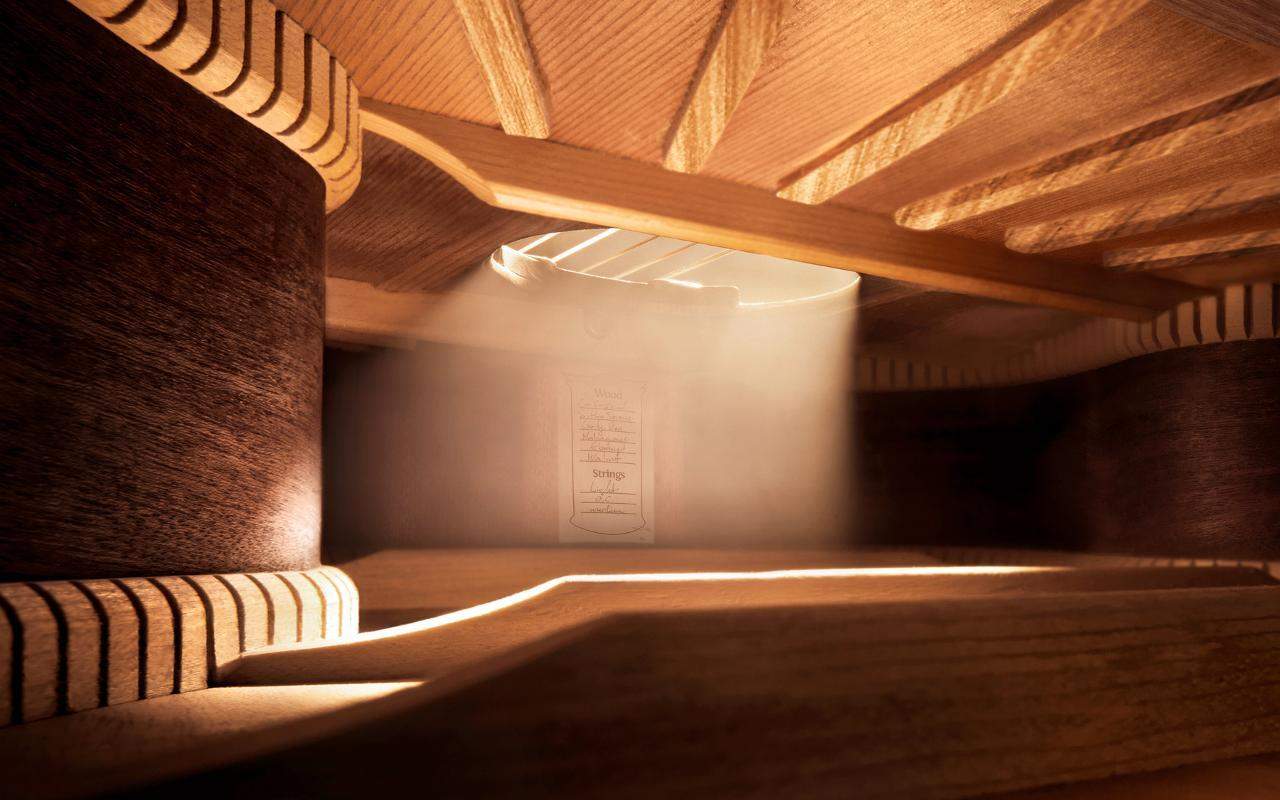Being somewhat of a flamenco player I am always asked what is the difference between a Classical Guitar and a Flamenco Guitar. Everyone says the same thing, “They look exactly the same!” That is where the similarities begin and end.
Here is a quick rundown of the difference between these two fundamentally different instruments.
Flamenco guitars are traditionally built from very thin woods. The type of wood used is vital to the guitar having that “flamenco” sound as opposed to sounding like a classical guitar.
The guitar tops are made of Spruce and the back and sides are either made of Cypress or Sycamore. As a result of these thin woods, flamenco guitars are very light in weight. It is said no more than 3 lbs. for a flamenco guitar.
The sides are also narrow and the back of the necks are very flat. Flamenco guitars have very low action (distance from the strings to the fretboard). The bridge sets closer to the guitar top to help accommodate the lower action.
Light tension strings are usually used by the flamenco player. All of this is crucial to executing much of the flamenco guitar technique.
Inside the guitar, the sound baffles and bracing is minimal to allow the sound of the guitar to decay very quickly. This is especially needed if the flamenco guitarist is playing with dancers and singers.
The flamenco guitar style is very percussive. With a smaller amount of inside bracing and baffles along with the Spruce and Cypress, the flamenco guitar’s sound is brighter with punchy timbre as compared to its mellower classical counterpart.
The bass strings are more aggressive sounding and help achieve that identifiable “flamenco growl” sound.
A classical guitar, on the other hand, are built with much heavier, thicker woods.
Tops of classical guitars are traditionally made of Cedar. The back and sides are made from Rosewood or Mahogany (student models). The classical necks are much wider and thicker with the string action considerably higher than on flamencos.
Generally, “hard” tension strings are used by the classical guitarist. There is also more complex sound baffling and bracing on the inside of the classical guitar.
All of this is to allow classical guitars to sustain their sound, so the notes last longer and reverberate. The notes sound more articulate and have a bell-like tone to them.
This ability to sustain is the crucial element for classical guitar music. Much the same way the sustain pedal on a piano works for classical pianist.The classical guitar technique is significantly different than that of flamenco.
Many of the “don’ts” in classical guitar technique are the “do’s” in flamenco. Both music forms have their own set of technique and demand many years of playing to develop.
The end result of these technical demands for classical and flamenco are two similar looking, yet significantly different guitars.
Why Willie Nelson Plays a Classical Guitar | Mental Floss
In 1969, Nelson played a Baldwin acoustic. He laid it on the floor of the stage while playing a gig one night, and, in his words, “a drunk stepped on it.” He sent the battered remains to music legend and guitar designer Shot Jackson to see if he could repair it, but the guitar was beyond saving. At least, most of it was. Jackson mentioned that he could probably save the Baldwin’s pickup, which Nelson favored because it gave him a much bigger sound onstage. Nelson needed something to play, so Jackson offered him a Martin classical guitar that he happened to have hanging out in the shop. For the low price of $750, Nelson agreed—and the most famous artist-guitar duo in the history of music (arguably) was united…. Why Willie Nelson Plays a Classical Guitar | Mental Floss
Dead Wood: Is This the End for Classic Rock’s Greatest Guitar Makers? | Rolling Stone
Alembic guitars’ Wickersham family has been on the cutting edge of sonic sorcery. But are these artisanal wizards becoming obsolete? Dead Wood: Is This the End for Classic Rock’s Greatest Guitar Makers? | Rolling Stone
Manitas de Plata, Superstar of the Flamenco Guitar, Is Dead at 93
Manitas de Plata, a celebrity of flamenco guitar who sold millions of records, befriended Salvador Dalí and Brigitte Bardot, performed for raucous crowds at Carnegie Hall, made and spent fortunes and generally lived a life of fulfilled appetites, all after growing up poor and illiterate, died on Thursday in Montpellier, France. He was 93. Manitas de Plata, Superstar of the Flamenco Guitar, Is Dead at 93



